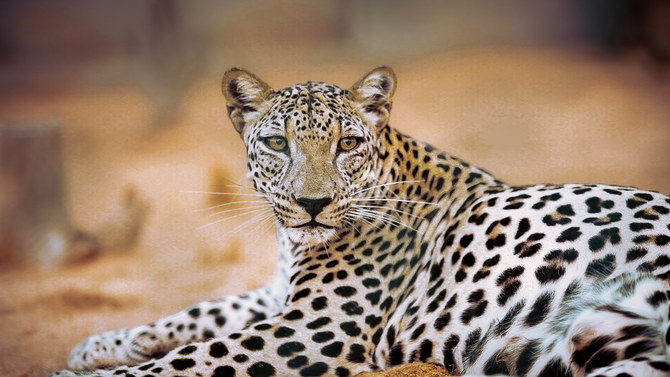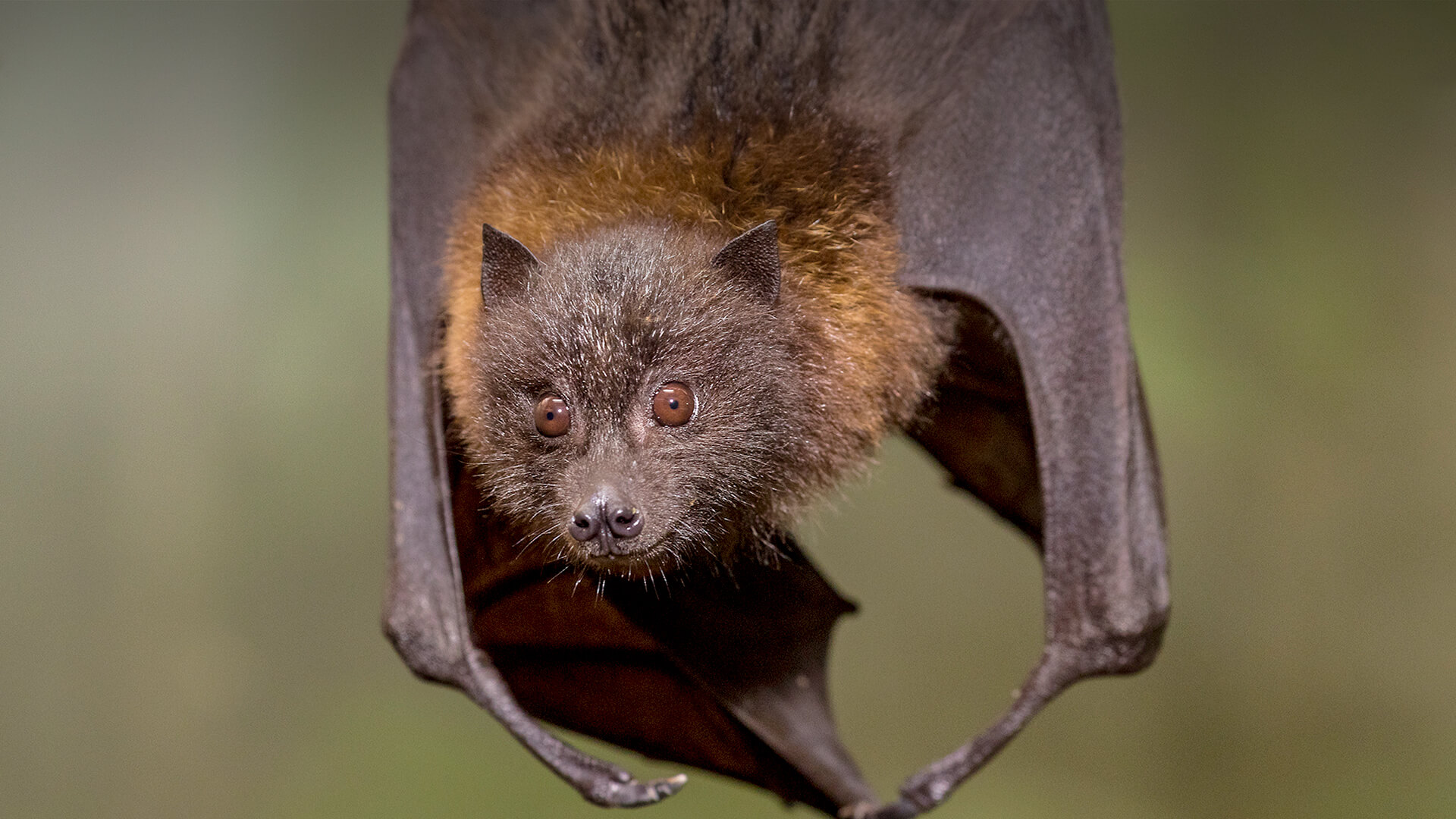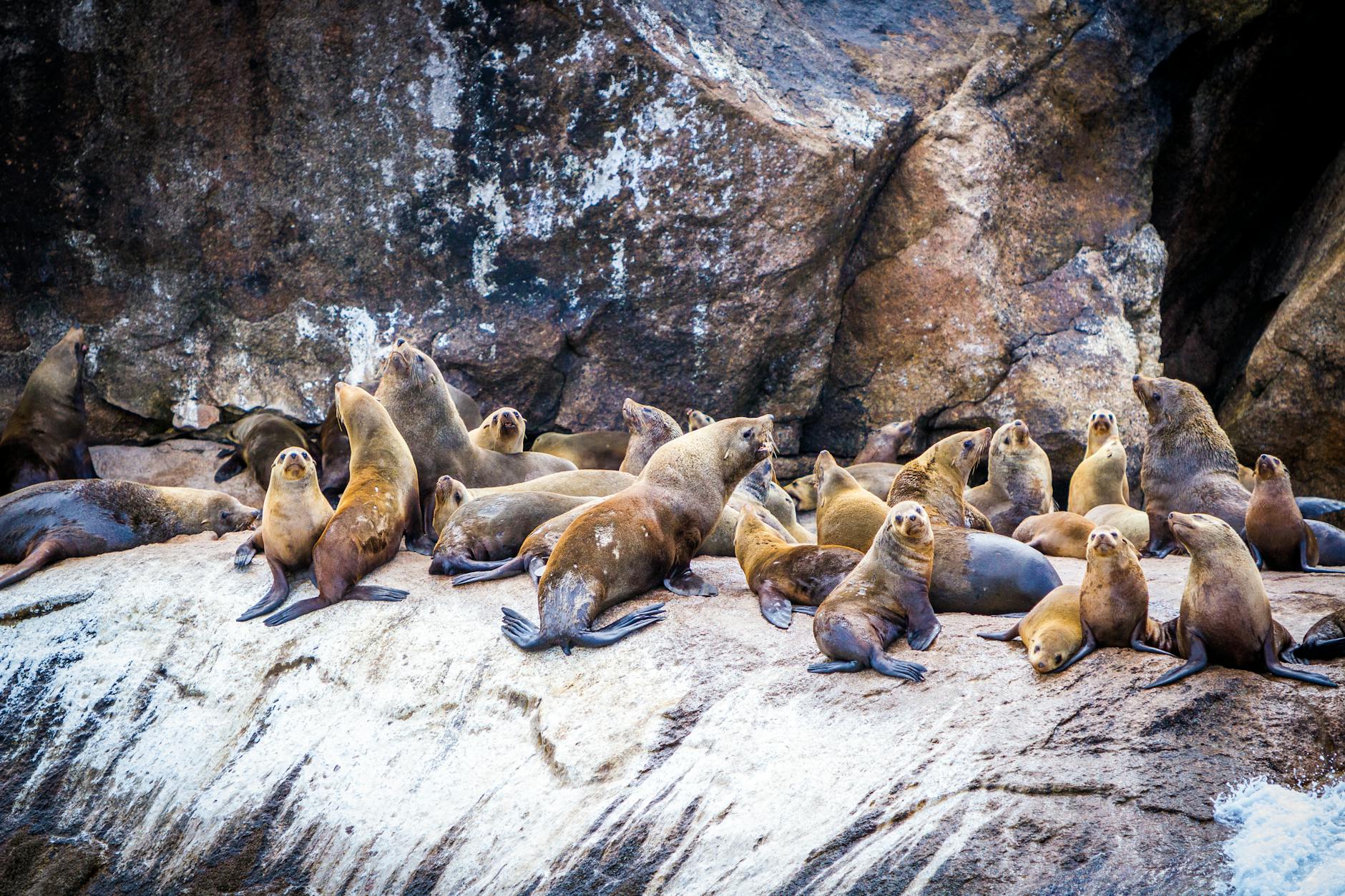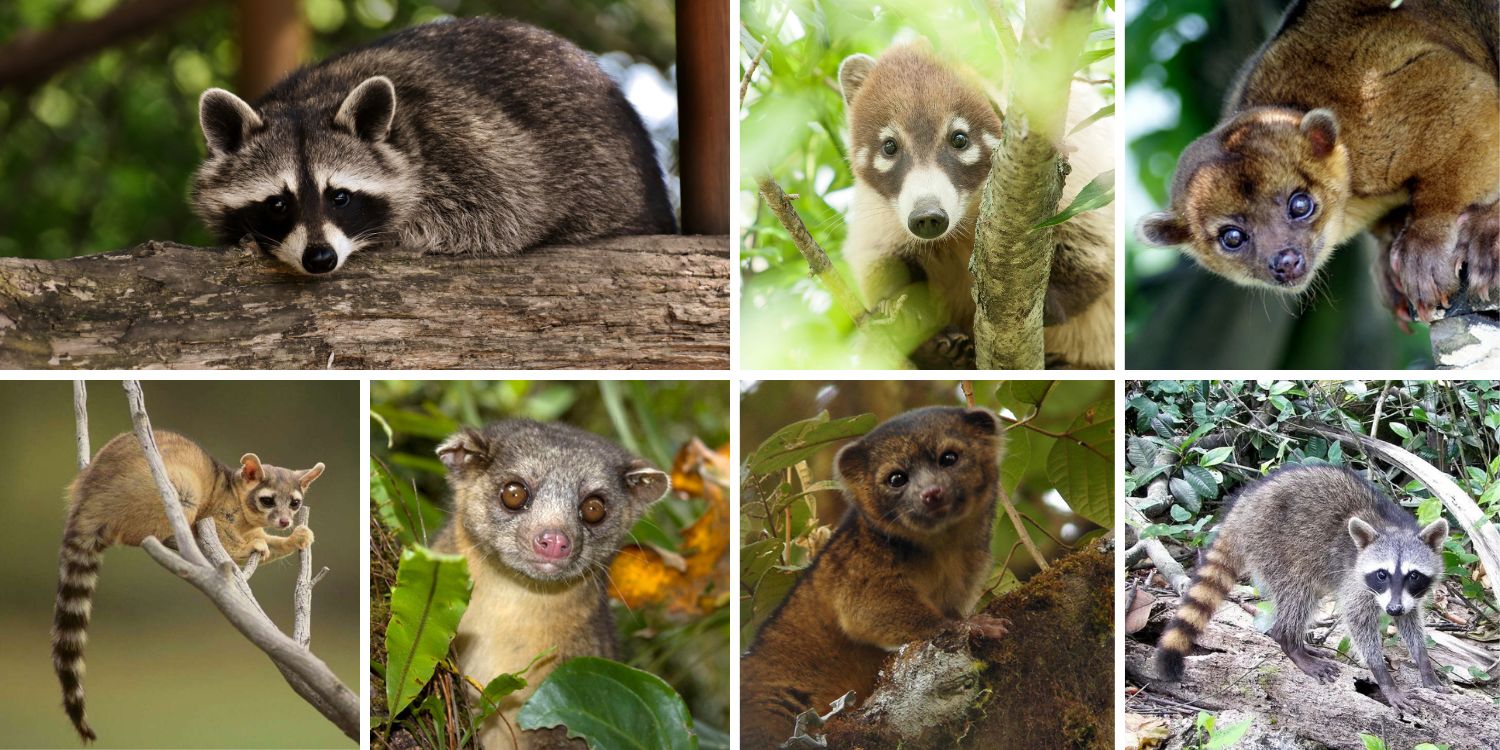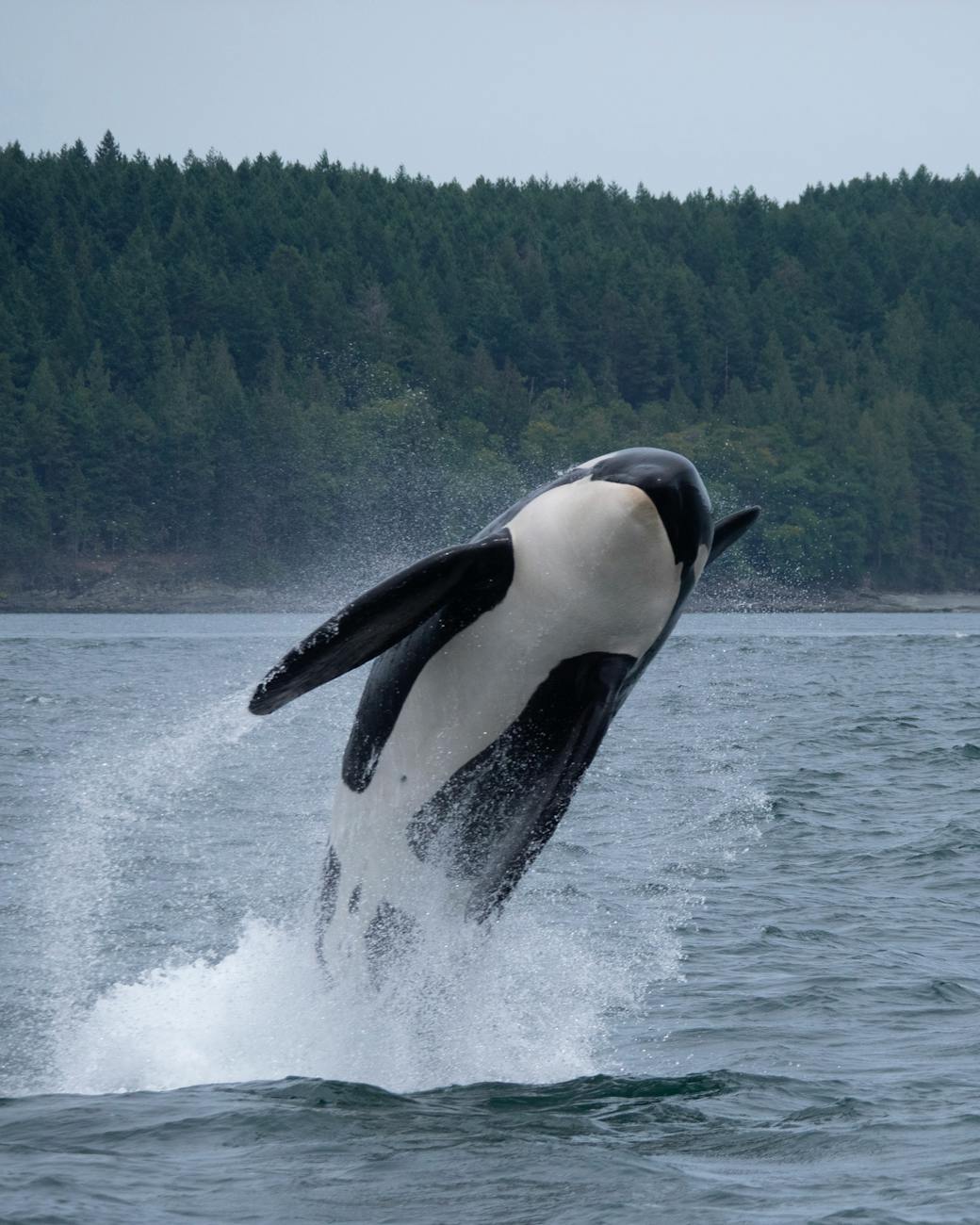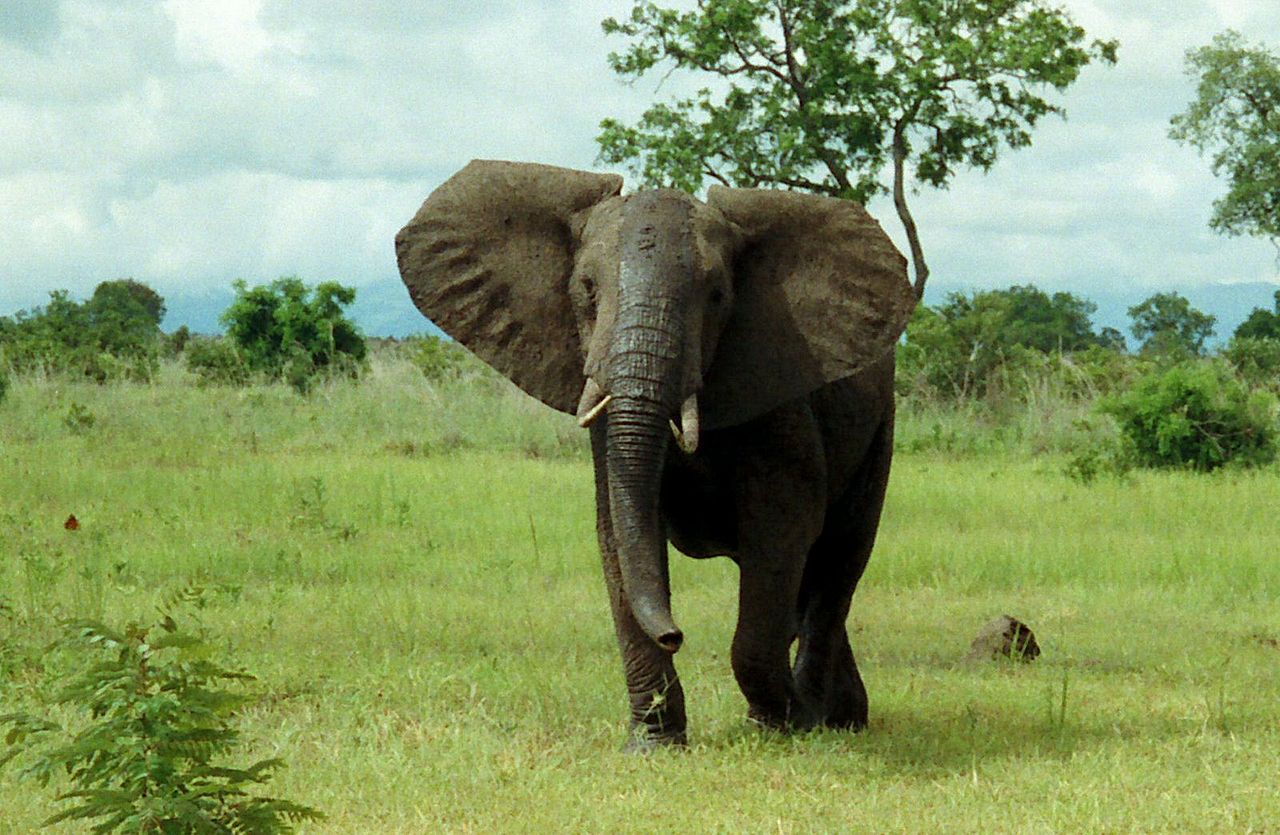
On February 11, 2014, the White House announced an executive order against the illegal wildlife trade that includes a complete ban on the commercial sale of ivory. Owning ivory will still be OK — if it was purchased legally in the first place — but selling ivory will be illegal, unless it’s an antique of over 100 years old (which sellers will have to prove).
Ivory imports have been banned worldwide since 1989, with an exception for pieces dated prior to that year. However, without expensive testing, it’s hard to tell how old ivory really is. This loophole creates a perfect cover for a black market of newly poached elephant parts.
“That trade is decimating iconic animal populations,” President Obama writes in a letter introducing the new National Strategy to Combat Wildlife Trafficking. “Because of the actions of poachers, species like elephants and rhinoceroses face the risk of significant decline or even extinction. But it does not have to be that way.”
“The elephant poaching crises reached its peak last year with about 30,000 of these amazing species slaughtered for their tusks. Seizure data collected for 2014 so far shows that this year could be even worse,” according to Elly Pepper, a policy advocate for NRDC.
Pepper goes on to say, “Most people don’t realize that the U.S. is the second biggest ivory market in the world, with epicenters in New York, California, and Hawaii. By creating this national strategy, the U.S. is recognizing that we are part of the problem and that we’re going to step up our efforts to end this crisis.”


